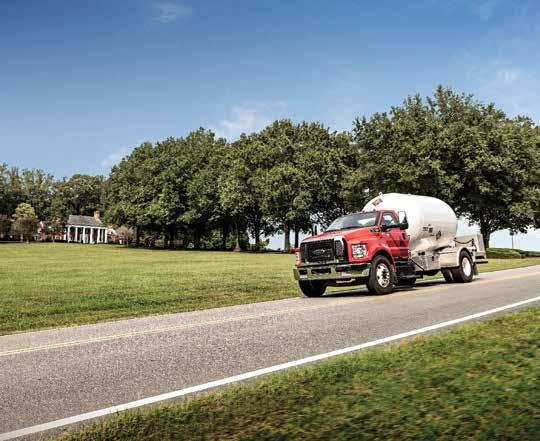come areas across the U.S. find themselves with poor electricity service, even when it’s available. Within these areas, access to nonelectric sources of energy means they can continue to heat their homes, cook their food and ensure reliable energy use. Given the limited amount of funds available for the electric sector, money in these regions would be better spent to tackle a whole-energy system approach that recognizes electricity isn’t always the best option for them. 7. The grid isn’t equipped to handle full-blown electrification. Clean electricity generated is only as good as it can be reliably and affordably delivered to end users, and the state of that transmission and distribution system today is well behind where it should be. In the rush to advocate for an all-electric system, advocates may be overlooking the reality that the deployment of electric cars, heat pumps and other electric technology is poised to increase power consumption by 40% by 2050. Given that the present-day demand on the grid has led to blackouts, brownouts and unreliable power, this shift towards greater electricity consumption will only make these painful interruptions more frequent. 8. Individual buildings need energy resilience. If a customer, a building or even an entire community are forced to rely just on electricity for all of their energy needs — heating and cooling, food storage and preparation, transportation, etc. — then a single point of failure can
interrupt all of those systems. Customers are unlikely to accept a nonresilient energy system and the idea that all their modern amenities could go down in the blink of an eye because of a single downed powerline. In contrast, customers who still retain a gas line will still have heating and cooking options, and customers without electric cars can still fill up at the gasoline station. 9. All-electric homes, on average, have greater carbon footprints. Assuming the goal of addressing climate change and reducing carbon emissions, the move to electrify all homes and actors on the grid is a short-sighted idea. When comparing all-electric homes with homes of comparable size and profile that use natural gas, studies find that the gas homes are responsible for about one-third fewer greenhouse gas emissions. So, if you’re seeking to reduce the carbon footprint of a building, required electrification is not considered a win. And given the common knowledge that the time remaining is narrowing to suitably address climate change before the effects are irreversible, pumping extra emissions into the atmosphere now does those efforts no favors. 10. Customer preference doesn’t lie with electricity for many applications. Consumer choice is a good thing, and the simple fact remains that for many applications requiring energy, customers prefer the efficacy and results they get with gas. Surveys show that almost 70%
Let the company that knows your business, protect your business
worker’s compensation • general liability • auto insurance property insurance • health insurance & employee benefits risk management services
Protecting Propane and Petroleum Dealers for over 20 Years!
Member
225 S. Fifth St., Waco, TX 76701 • (800) 267-6221 • www.insurors.com 14
Texas Propane • www.txpropane.com
of customers prefer natural gas for home heating, water heating and cooking. Similarly, in homes with cold environments, many customers refuse to give up their wood-burning household heating because of the ability to store the wood in their home and the comfort this heating method gives them. Forcing all these nonelectric uses to be electrified limits application, effectiveness and utility that these customers desire for important reasons. For the full article, please visit https://propane. com/environment/stories/the-top-10-reasonsall-electric-is-a-bad-idea/.




